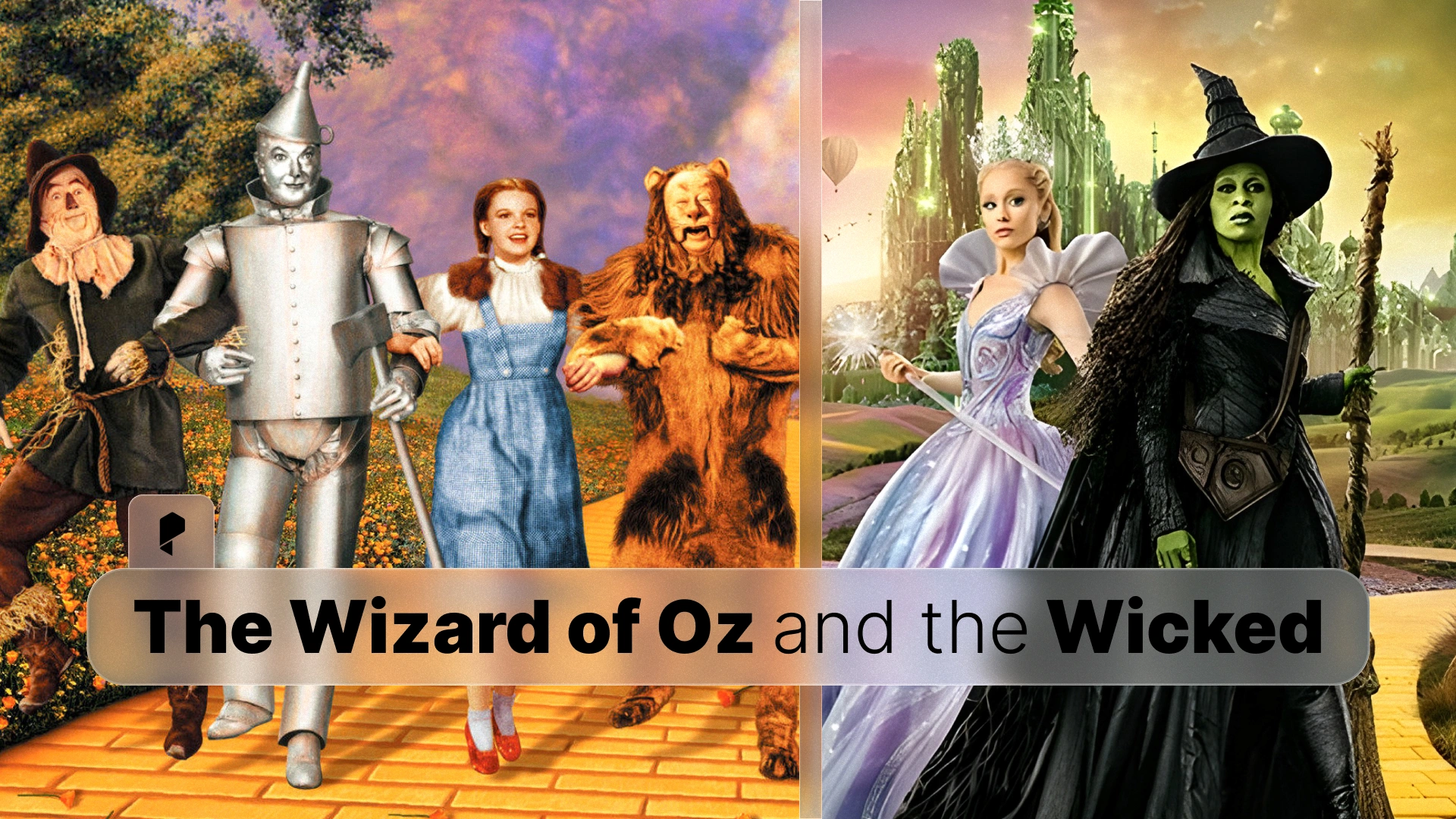Breaking Down High Angle Shots: Mastering Cinematic Power and Composition

Understanding High Angle Shots
Take the high angle shot to its extreme, and you will have an overhead shot, also known as a bird’s-eye view. In the overhead shot, the camera is positioned directly above the subject, looking straight down. This type of shot offers a unique, often abstract perspective, emphasizing spatial relationships and patterns within a scene. Overhead shots are frequently used in crime dramas and action films to showcase chaos or strategic movements.
One of the defining contrasts in cinematography is the difference between low angle and high angle shots. While low angle shots evoke power and dominance, high angle shots often do the opposite—highlighting vulnerability or creating an ominous atmosphere. Understanding these contrasts helps filmmakers craft more impactful visual storytelling. For a broader understanding of camera angles, check out Explaining Different Types of Camera Angles.
Cinematic Power of High Angle Shots in Visual Storytelling
The perspective offered by high angle shots adds layers to cinematic storytelling. This technique can depict scale and grandeur, making scenes feel larger-than-life while maintaining an emotional resonance. To add stylistic elements to your high angle shots, explore Letterbox Film Frames.
How to Create Dramatic Effects with High Angle Shots
The importance of shot composition cannot be overstated. Every element within the frame, from the positioning of the subject to the surrounding environment, should work in harmony to enhance the drama. High angle shots, when executed thoughtfully, can amplify tension, elevate visual storytelling, and leave a lasting impression on the viewer. For enhancing visual effects, consider using Optic FX.
Mastering High Angle Shot Camera Movement and Composition
Composition plays a critical role in the effectiveness of high angle shots. Aligning the subject within the frame to create symmetry or juxtaposition can enhance the visual impact. Proper lighting, depth, and focus further enrich the narrative quality, ensuring that the shot resonates with the audience.
Creative Uses of High Angle Shots in Filmmaking
Filmmakers can also experiment with high angle perspectives to showcase innovative storytelling. By integrating these shots strategically, directors can create memorable scenes that linger in the audience’s mind long after the credits roll.
High Angle Shot Techniques
Practicing precise framing and movement ensures the desired emotional impact is achieved. This includes planning the shot’s purpose in the narrative—whether to emphasize a character’s vulnerability or to showcase the grandeur of a setting. Using stabilizers or gimbals can further enhance smooth camera motion, preventing distractions that detract from the scene’s focus. Additionally, leveraging tools like the Letterbox Film Frames can elevate the aesthetic appeal, adding a professional finish to the shot.
Conclusion
If you buy something through our links, we may earn an affiliate commission or have a sponsored relationship with the brand, at no cost to you. We recommend only products we genuinely like. Thank you so much.





